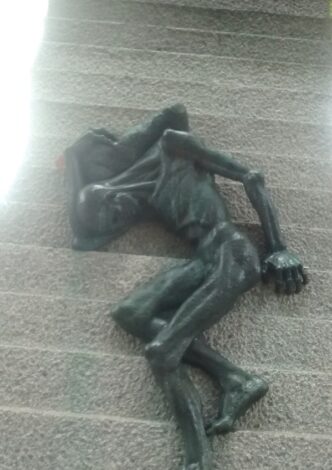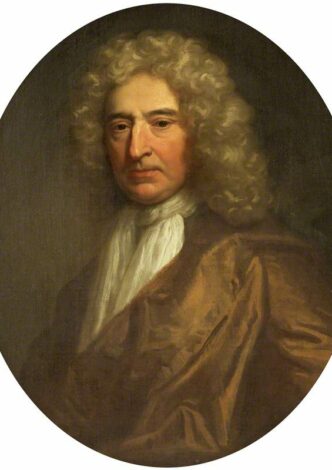When Thomas Davis and his wife Annis and their family from Pillowell in the Forest of Dean decided to emigrate to Canada in 1890 they could not have known that their choice would have tragic consequences or that their personal tragedy would be remembered in Canada to this day. One of their boys, Thomas, would be killed in one of the worst mining disasters in Canadian mining history and another, William, would be shot dead by the police in one of the most violent strikes in Canadian labour […]
Introduction Edward Colston was an investor, official and eventually deputy governor of the Royal African Company (RAC) from 1680-92. Over this period the RAC purchased and transported tens of thousands of enslaved Africans across the Atlantic into a life of hard labour. This article aims to answer number of questions about the RAC’s involvement in the slave trade in particular during Edward Colston’s tenure. These questions are: How many enslaved Africans were purchased by the RAC between 1680 […]
This is a copy of the programme handed out at the Eastville Workhouse burail ground memorial unveiling 16/11/2015. Download the programme here...
At last year’s Merchant Venturers Charter Day service at the cathedral the Bishop of Bristol, stated that Edward Colston had: lived a life of significance... [and there]... may be still some speculation on some of the circumstances around his business roots right here The Bishop of Bristol’s clumsy attempt to rewrite history, effectively claiming that Colston’s involvement in the business of the slave trade was ‘speculation’ is unsurprising. A similar kind of air brushing occurred during a BBC […]
Introduction The last twenty years or so have seen a wave of publications recounting and examining the history of the New Left and radical Black, Latino and Native American organisations of the 1960s and 70s in the United States. Many of these books have been concerned with the spectacular exploits of these formations, particularly the armed struggle fractions which appeared in the 1970s such as the Weather Underground, Black Liberation Army and the paramilitary sections of the American Indian […]
The horses, the horses, we couldn't get the horses off the beach; we should not have been there A British veteran of Gallipoli In the Autumn of 1914 a number of men from Bristol were recruited into the 7th Battalion Gloucestershire Regiment. They spent the winter in billets in Basingstoke and then moved to Aldershot in February 1915 for final training. They sailed from Avonmouth on 19 June landing at Alexandria, then moving to Mudros on 4 July to prepare for a landing at a place called […]
I was fortunate enough to acquire, among a collection of books, both the 1884 and the considerably expanded 1906 edition of Arrowsmith’s Dictionary of Bristol, edited by Henry J. Spear and J. W. Arrowsmith. Concurrent with other research I have been conducting into the Bristol riots of 1831 I perused the entry in each edition and was struck by the volume of revisions. It should initially be noted that the account given in the 1906 edition is substantially longer. As such it is perhaps the detail […]
From 1916-19 many men & women in Bristol organised opposition to conscription. Dozens of Bristolians were imprisoned as conscientious objectors. These included Walter Ayles, who was a city councillor and Bristol's most prominent opponent of World War 1; the three Reinge brothers from Totterdown who were all imprisoned for refusing to join the army; George Barker who hid fugitives in the cellar of his bicycle shop in Bedminster; the Whiteford brothers from St George, one of whom refused to […]
Those keen on heroes Often find they’ve feet of clay. Here’s one example: Someone who fought two world wars, England’s greatest Englishman, A national treasure Who rivals the Crown Jewels. Winston Leonard Spencer-Churchill. Churchill had a school-friend Called Aubrey Herbert Who, in 1915, wrote in his diary, “Winston's name fills Everyone with rage. Roman emperors killed slaves to Make themselves popular, He is killing free men To make himself famous.” Churchill enjoyed war. “A curse should rest […]












